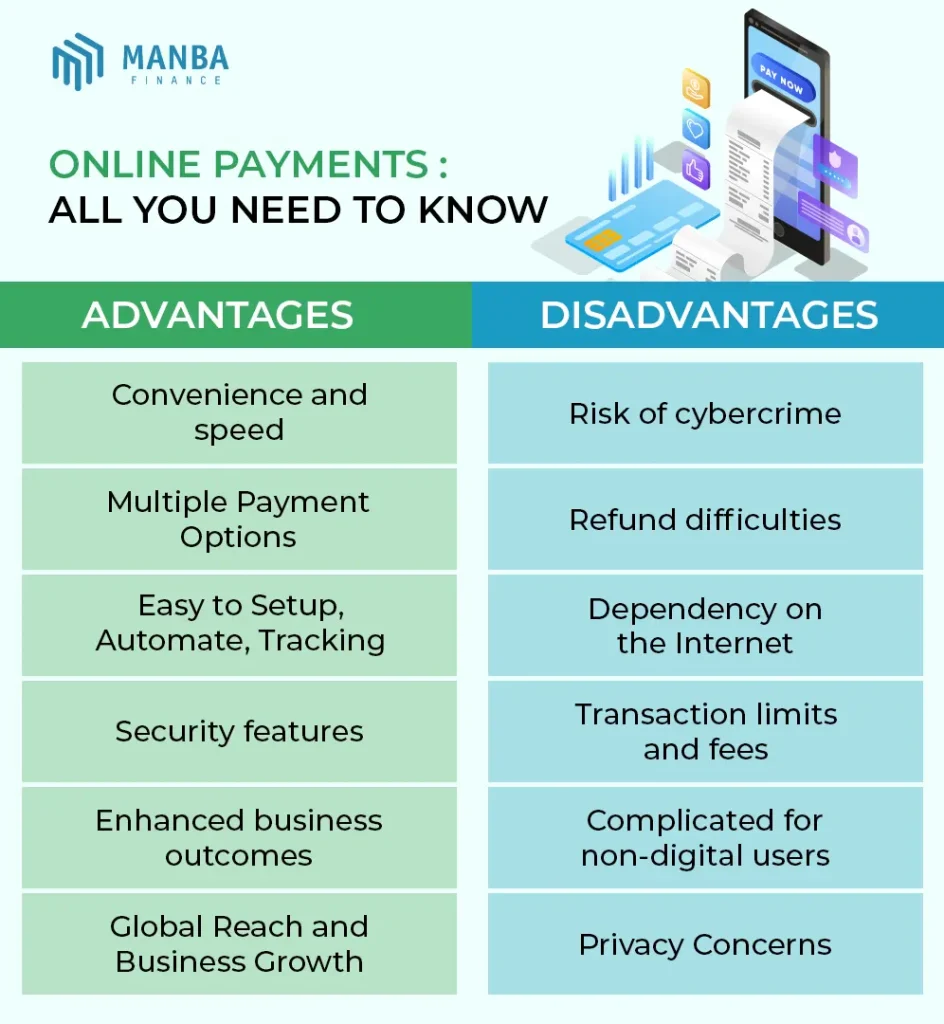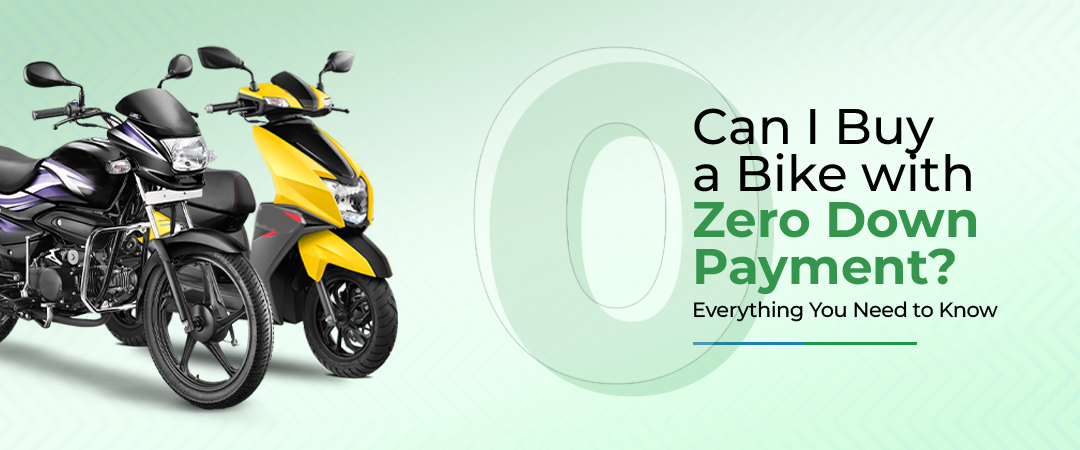Did you know that India accounts for around 48% of global digital payments, the highest rate in the world? Several factors have contributed to this incredible feat, with the introduction of UPI in 2016 being the primary driving force. A recent report by the RBI stated that in 2024, an estimated 83% of the total online payments in the country were made via UPI.
However, it’s important to remember that progress comes with new challenges, and the online transaction scenario is no exception. Keep reading to learn about the advantages and disadvantages of digital payments.
What are online payments?
Online payments, also referred to as digital or e-payments, allow you to exchange funds over the Internet. This system eliminates the need for physical cash or cheques, allowing individuals to pay or receive money electronically. One of the key benefits of online payment is that it eliminates the need for physical cash or cheques. all you need is a functional bank account, a secure internet connection, and digital payment platforms like:
- A debit card
- A credit card
- A mobile payment service (PhonePe, Google Pay, Paytm)
- Internet banking
What are the advantages of online payments for individuals and businesses?
According to an Experian Global Insights report, nearly 91% of Indians prefer online payment. It proves that there are many benefits of online payment, some of which you can find below:
- Convenience and speed:
You can make digital payments within seconds, 24/7, 365 days a year. Whether you are on a midnight shopping spree, need to send urgent funds to a relative, or book a flight immediately, online payment methods are the only way to get everything done efficiently and quickly.
- Multiple Payment Options:
Online payments provide various payment methods, including debit cards, credit cards, mobile wallets, and internet banking. This flexibility ensures that if one payment method is temporarily unavailable, you can easily switch to another, making the transaction seamless.
- Easy to Setup, Automate, and Tracking:
Setting up online payment systems is quick and straightforward. Whether it’s creating a bank account or downloading a UPI app, you can complete the setup from your smartphone or laptop. Moreover, digital payment systems allow you to automate recurring payments like utility bills, credit card payments, and mobile recharges. Furthermore, every digital transaction is recorded in your bank statements or payment app history, making it easier to track your spending.
- Security features:
Digital payment systems prioritize security through multi-factor authentication, including biometric access, passwords, PINs, and OTPs, and advanced encryption to protect user data. With the help of AI and machine learning, these platforms can also identify and prevent fraudulent activities, ensuring a secure transaction experience.
- Rewards
Many people are drawn to the lucrative benefits of online transactions. Most UPI apps provide discounts, cashback, and other perks to users. Credit card companies offer rewards points individuals can accumulate and redeem for gifts.
- Global Reach and Business Growth
Digital payment systems allow businesses to accept payments from customers anywhere, broadening their customer base and growing their business exponentially. With the ability to tap into international markets, businesses can grow and scale globally, reaching new customers and increasing revenue.
- Enhanced business outcomes:
For businesses, online payments can result in greater customer engagement and improved sales. In addition to elevating customer experience, you can save on operational costs.
What are the common disadvantages of online banking and transactions?
Let’s not forget that every coin has two sides. E-payment advantages are plenty, but take a look at its downsides and potential risks, too:
- Risk of cybercrime
Shocking cybercrime stories dominate the headlines regularly. Unfortunately, hackers, scammers, and fraudsters have invented multiple ways to bypass the advanced security features of online payment methods. Hence, educating yourself about the various risks associated with digital payments is crucial to prevent a problematic situation. To begin with, learn about identity theft, phishing, card skimming, and account takeover.
- Refund difficulties
In cases of fraud or errors, getting a refund for digital payments can be challenging. Tracking cybercrimes is often difficult, and recovering stolen funds is rarely straightforward. Users should remain cautious when making online payments and educate themselves on how to avoid falling victim to scams.
- Dependency on the Internet and technical issues
Over-reliance on the Internet and technology is one of the most significant disadvantages of online banking and transactions. You cannot use any digital payment method without a smartphone or laptop, a good internet connection, and functioning servers.
- Transaction limits and fees
Banks and UPI apps impose daily transaction limits, which can restrict large or frequent payments. Additionally, some platforms may charge transaction fees, particularly for international payments or credit card-based transactions, which could add to the cost of online payments.
- Complicated for non-digital users
While India is steadily advancing toward a tech-savvy future and most people recognize the benefits of online transactions, we still have a long way to go. For instance, older adults and rural populations have limited digital literacy and find it challenging to make online transactions.
- Privacy Concerns
With the increasing use of digital payments, there are growing concerns about data privacy. Payment platforms often collect personal and financial data, which, if mishandled or breached, could lead to privacy violations and misuse of sensitive information.

Final takeaway: Leverage online payments but practice caution!
The digital payment landscape worldwide will continue to evolve. Individuals and businesses must adapt to the changes while taking necessary action to minimize risks. While digital payments offer numerous advantages like convenience, security, and global reach, they also come with risks such as cybersecurity threats, technical dependency, and privacy concerns.
To make the most of online payments, users should remain informed about potential risks and take the necessary precautions to safeguard their transactions. Stay updated on best practices for avoiding fraud and ensure your digital payment methods are secure and reliable.
In conclusion, embrace the convenience and benefits of online payments, but always stay vigilant to minimize potential risks.

